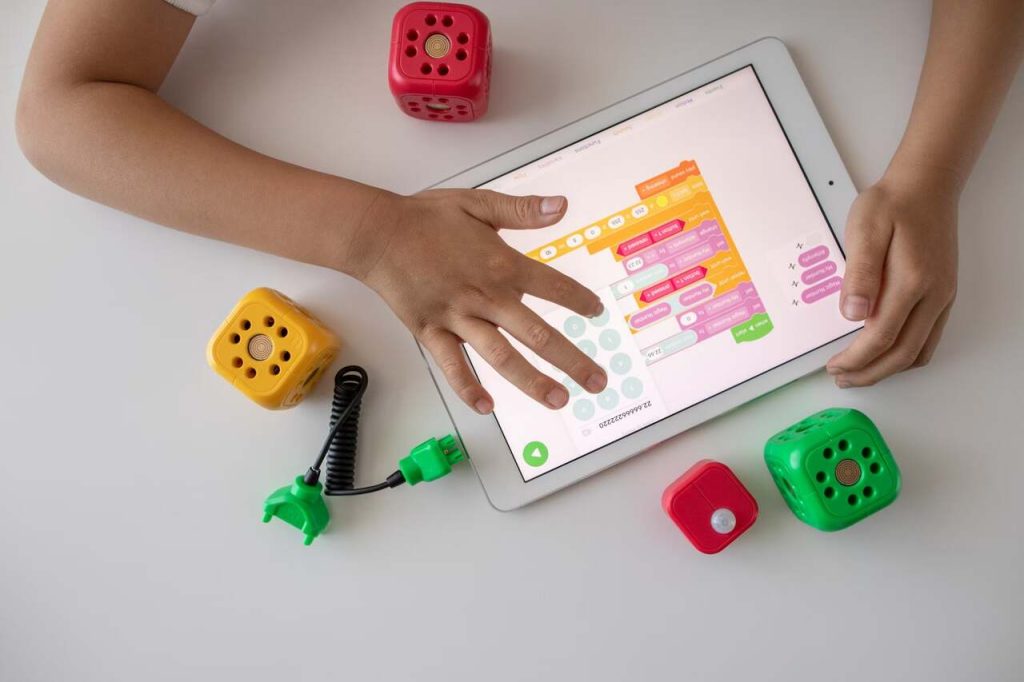User experience (UX) design, a pivotal aspect of digital product development, revolves around creating seamless, accessible, and intuitive user interfaces. In the context of educational platforms, the importance of UX design escalates, bridging the technological interfaces with the users – educators, students, and administrators.
Creating a virtual learning environment that emulates the engagement and interactivity of physical classrooms becomes imperative. That’s why working with a product design agency, such as https://www.lazarev.agency/, is typically the best choice for educational platforms. This article delves into the salience of UX design for educational products, examining its implications for fostering a conducive and effective digital learning experience.
UX Design: A Driver for Effective Digital Learning
Educational platforms cater to a diverse user base, comprising various age groups, tech-savviness levels, and learning needs. These platforms must therefore espouse UX designs that afford simplicity and accessibility, ensuring that users can navigate, interact, and extract content with minimal friction.
Effective UX design in educational platforms encompasses the following aspects:
- Simplicity: Clear, uncluttered interfaces with intuitive navigation aid users in easily locating and utilizing resources and features.
- Accessibility: Inclusivity is vital, ensuring that content is accessible to users with varying abilities and needs.
- Engagement: Leveraging multimedia, interactive elements, and gamification to maintain user engagement and motivation.
- Support: Providing timely and effective support through chatbots, FAQs, and user guides, assisting users in troubleshooting and maximizing platform utility.
Designing for Various Stakeholders
The design process can differ depending on the end user of the product. In the field of education, we can distinguish three main types of stakeholders: students, educators, and administrators. Although your specific business may cater to a different audience, the main principles will remain similar to these general guidelines.
For Students
- Intuitive Learning Paths: Design should guide students through a structured learning journey, providing clear pathways through content, assessments, and feedback mechanisms.
- Interactive Content: The incorporation of multimedia like videos, animations, and interactive quizzes enhances engagement and caters to varied learning preferences.
- Collaboration Tools: Virtual classrooms, discussion forums, and group workspaces foster peer interaction and collaborative learning.
- Adaptive Learning: Employing AI to tailor content and assessments based on individual learning styles and progress ensures a personalized learning experience.
For Educators
- Course Creation and Management: Provide user-friendly interfaces for creating, uploading, and managing content, assessments, and feedback.
- Student Monitoring Tools: Enable educators to track student progress, participation, and performance effectively.
- Communication Tools: Create seamless channels for communicating with students, peers, and administrators via messages, announcements, and virtual meetings.
For Administrators
- User Management: The UX should facilitate the addition, modification, and monitoring of user accounts and roles.
- Data Analytics: Incorporate elements that provide insights into platform usage, student performance, and course effectiveness.
- Content Oversight: Help administrators ensure quality, consistency, and compliance of content across the platform.
- Technical Support: Assure platform stability, security, and ongoing support for users.
Embedding Inclusivity in Design
Educational platforms should embody inclusivity and accessibility in their user interfaces, ensuring that content is accessible to users with varied abilities and preferences. This encompasses:
- Responsive Design: Enabling accessibility across devices, ensuring consistent user experiences on desktops, tablets, and smartphones.
- Language Options: Providing multi-language support to cater to a global user base.
- Accessibility Features: Implementing features like text-to-speech, alt text for images, and keyboard navigation to support users with disabilities.
- Culturally Diverse Content: Ensuring content is relevant, respectful, and relatable across diverse cultural contexts.
To ensure you provide accessible, inclusive, and usable content, it’s generally recommended to follow the Web Content Accessibility Guidelines. Also, make sure to test the final result for these aspects.
The Role of Feedback in UX Design
User feedback is paramount in refining UX design, ensuring that the platform evolves in alignment with user needs and expectations. Feedback mechanisms like surveys, usability testing, and data analytics aid in capturing user experiences, identifying pain points, and revealing opportunities for enhancement. Iterative design, based on ongoing feedback and testing, ensures the platform remains adaptable, relevant, and user-centered.
Challenges and Considerations in UX Design for Educational Platforms
Despite the integral role of UX design in educational platforms, several challenges and considerations permeate its execution:
- Digital Divide: Ensuring that platforms are accessible and usable across varied digital access and literacy levels.
- Data Privacy: Navigating the ethical and legal considerations of user data management and protection.
- Content Volume vs. Quality: Managing the balance between providing extensive resources and maintaining content quality and relevance.
- Scalability: Ensuring the platform can accommodate growth in user numbers and content without compromising performance.
Conclusion
Crafting educational platforms extends beyond the digitization of content, necessitating the design of experiences that are intuitive, engaging, inclusive, and supportive of varied learning journeys. The intricate tapestry of UX design for educational platforms intertwines simplicity with complexity. While challenges persist, the judicious application of UX principles, informed by continuous user feedback and evolving technological capabilities, helps educational platforms deliver enriching, accessible, and effective digital learning experiences.
